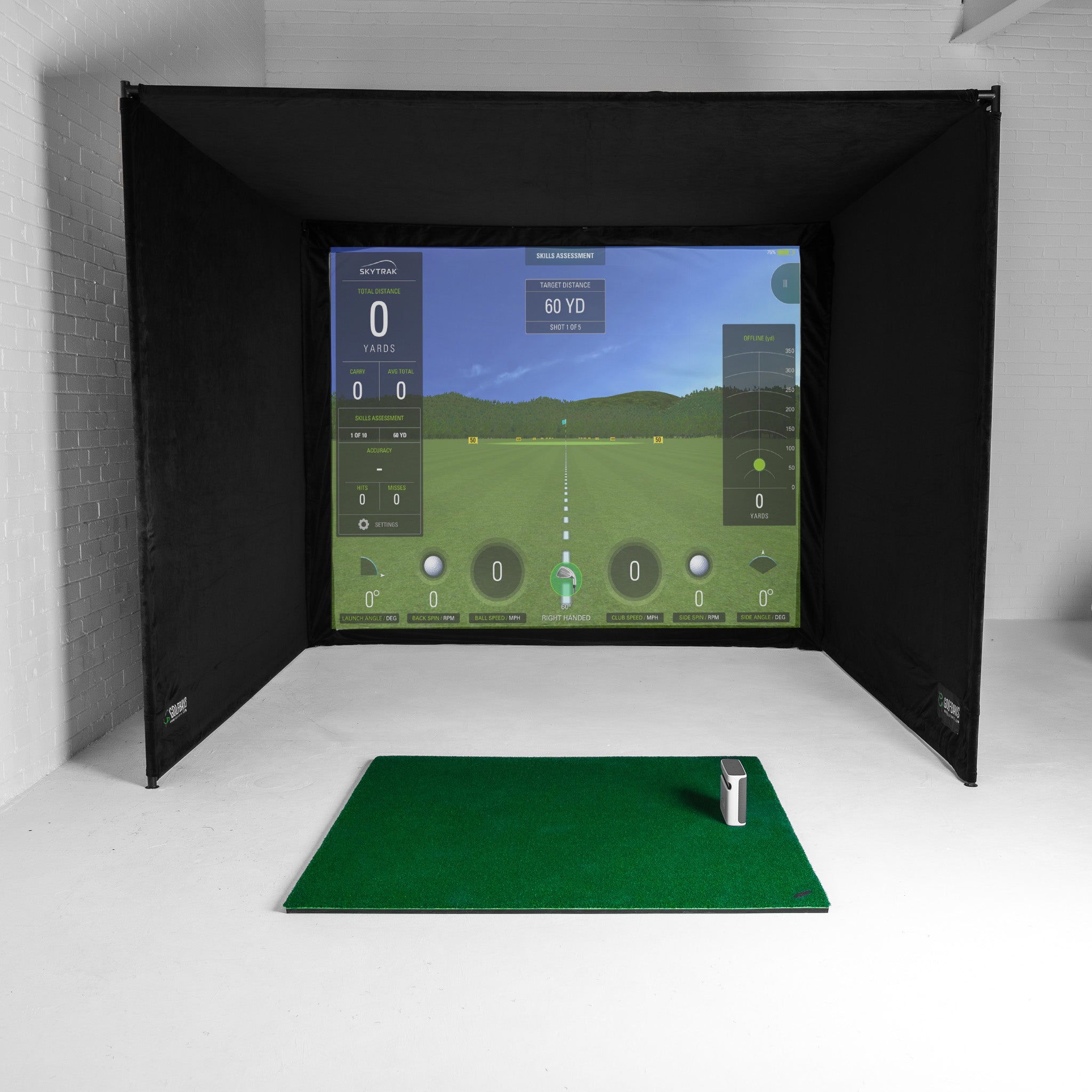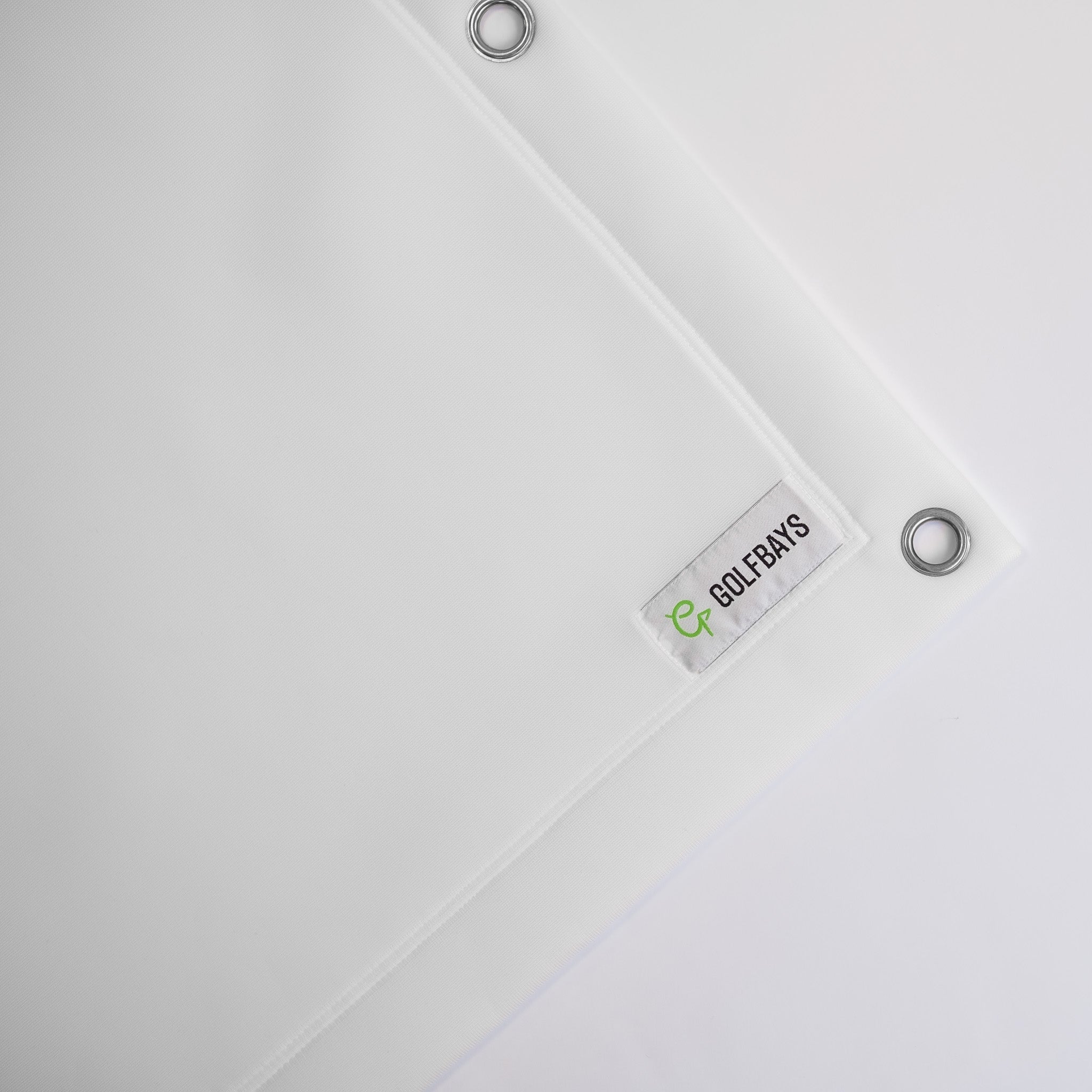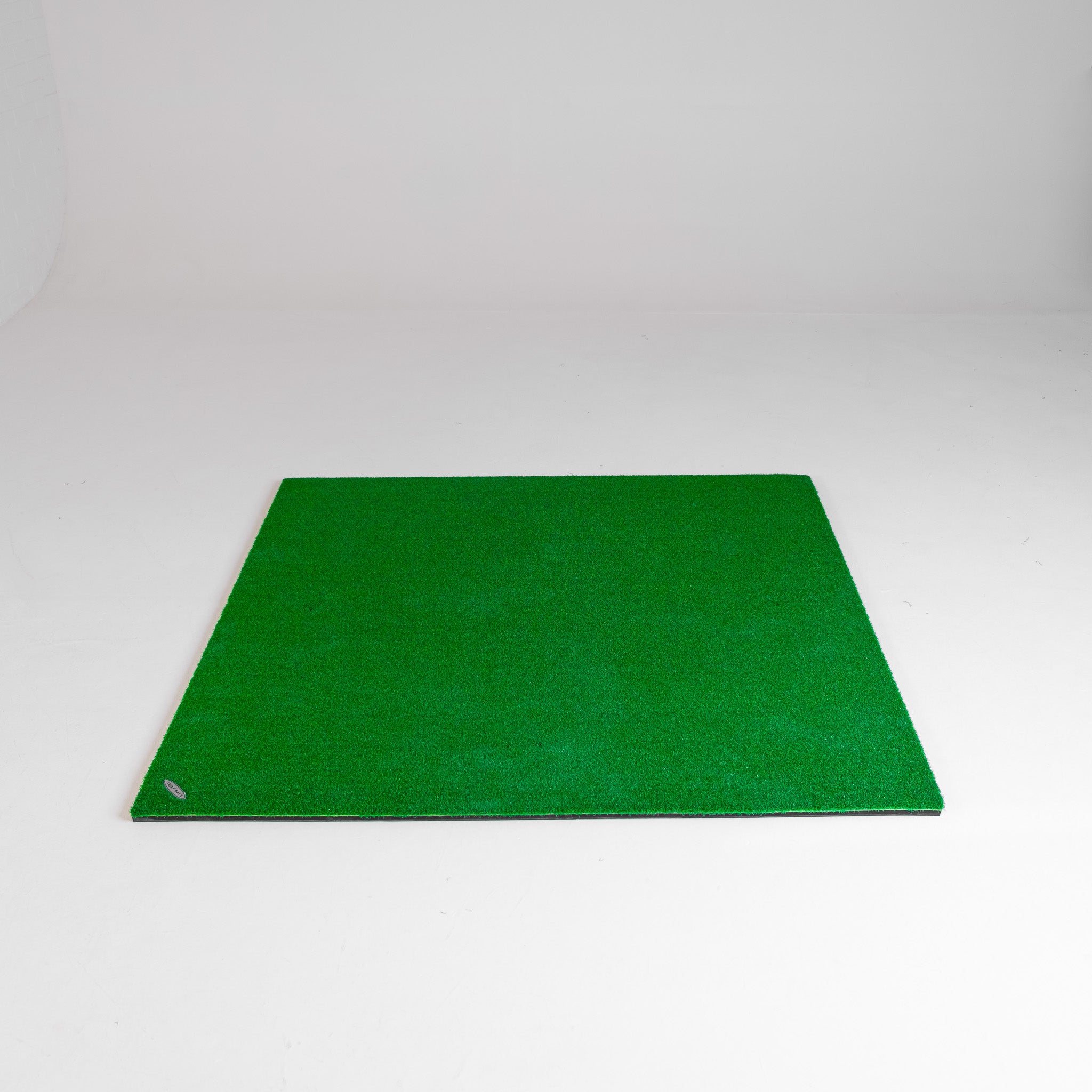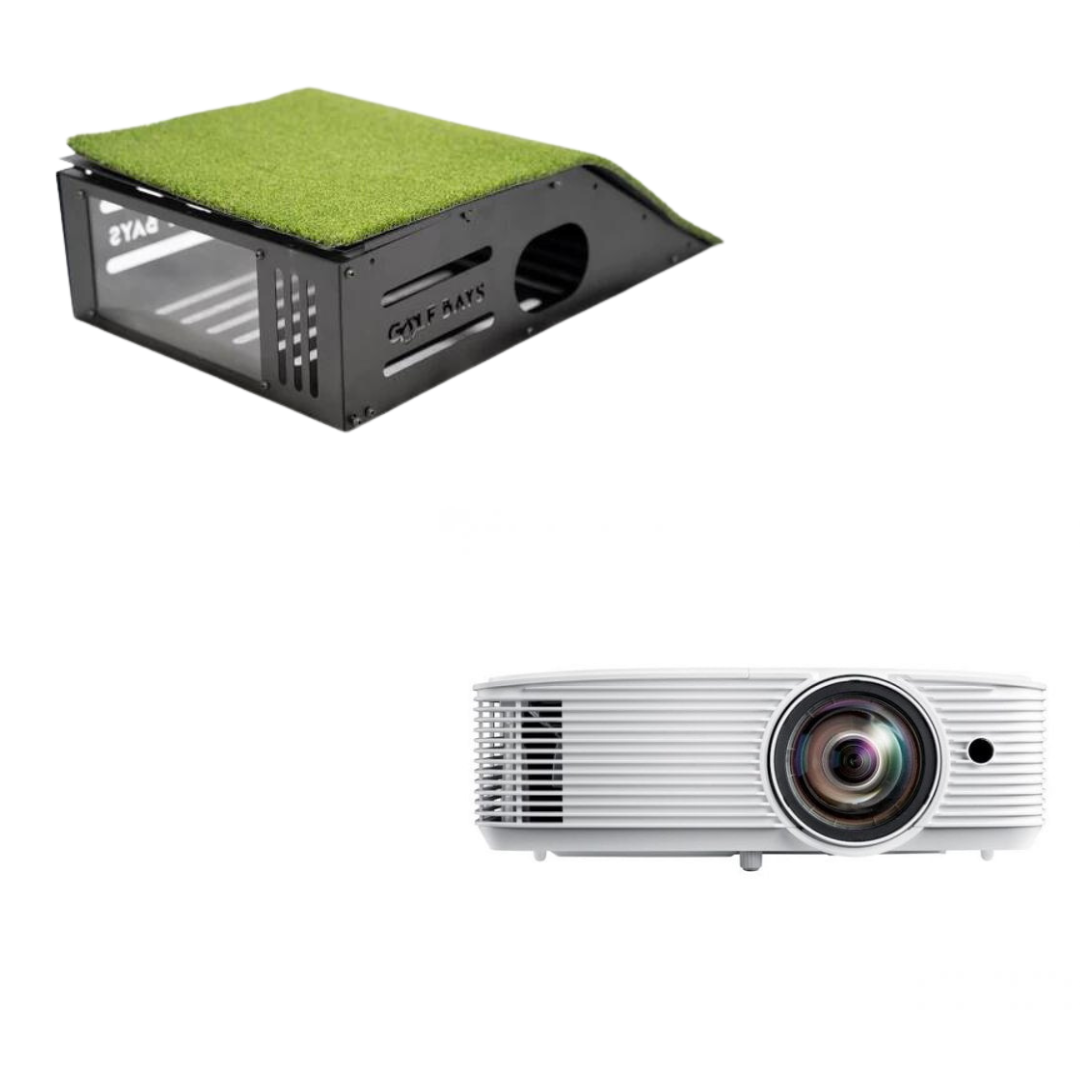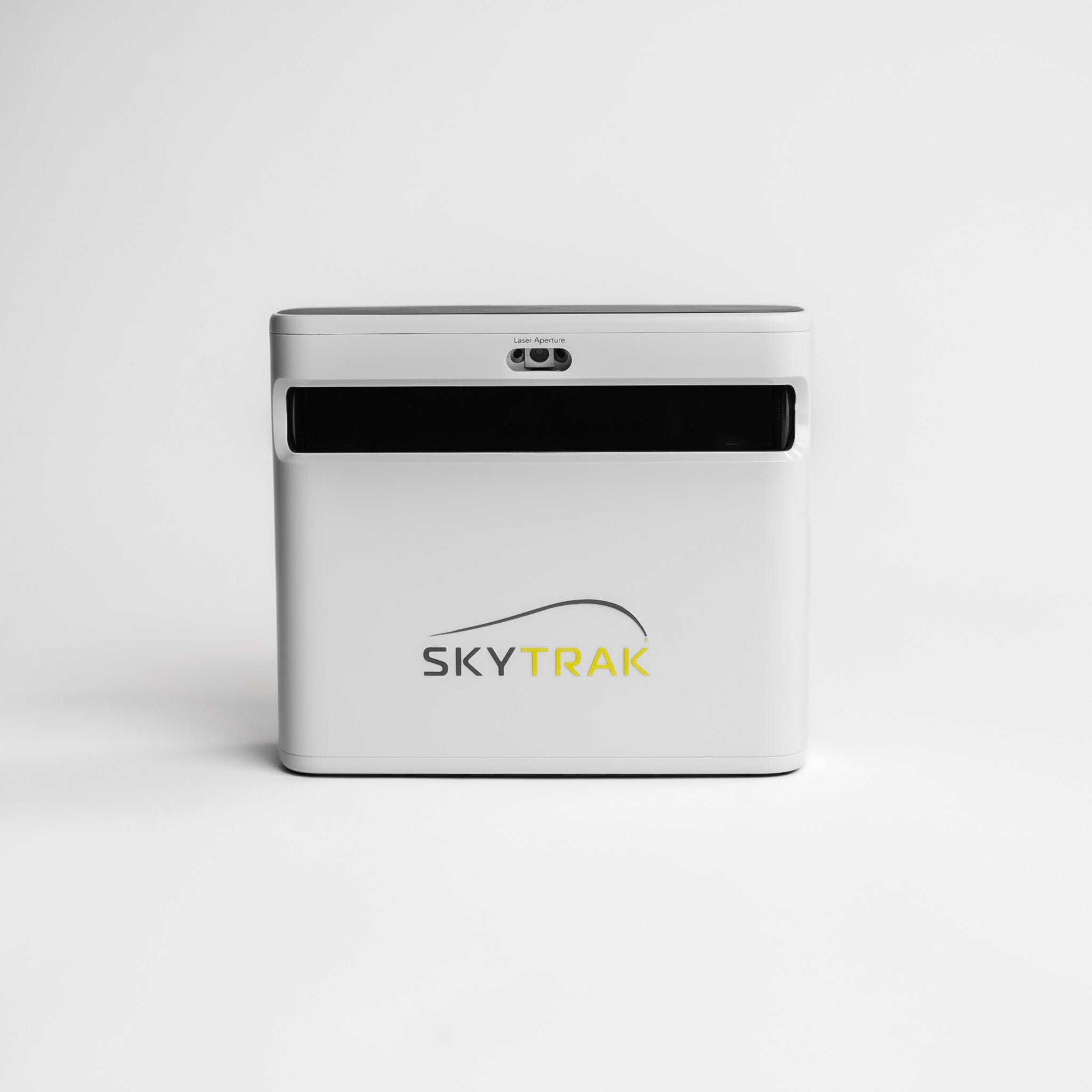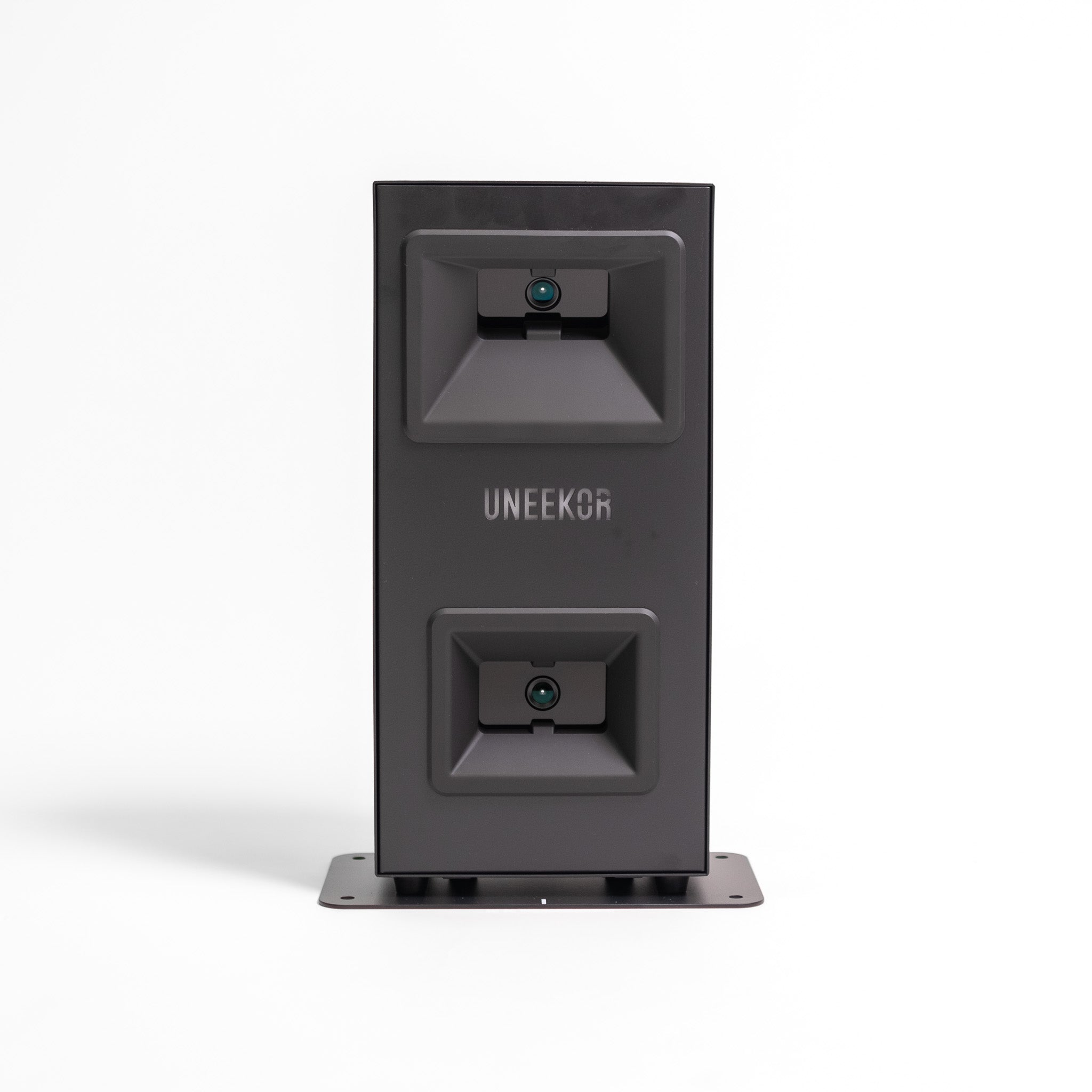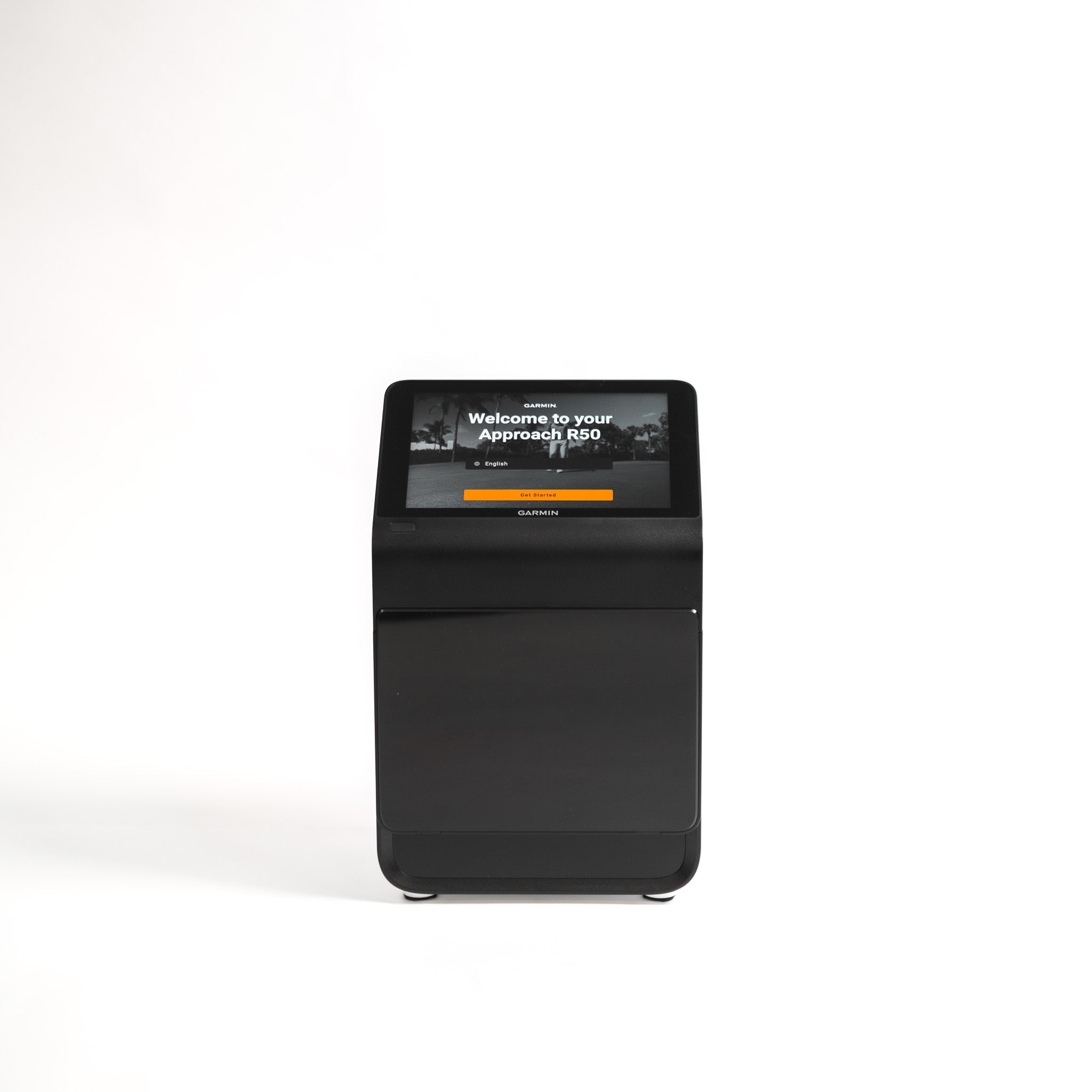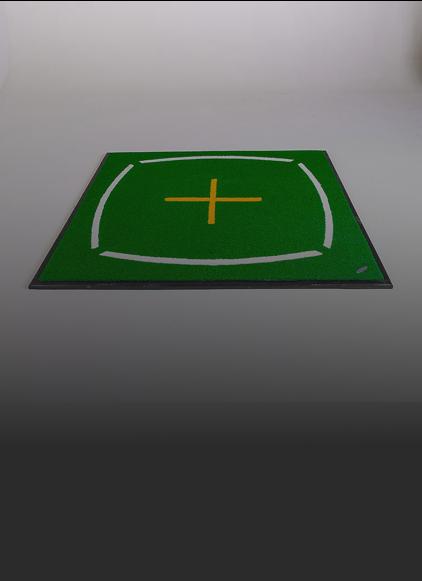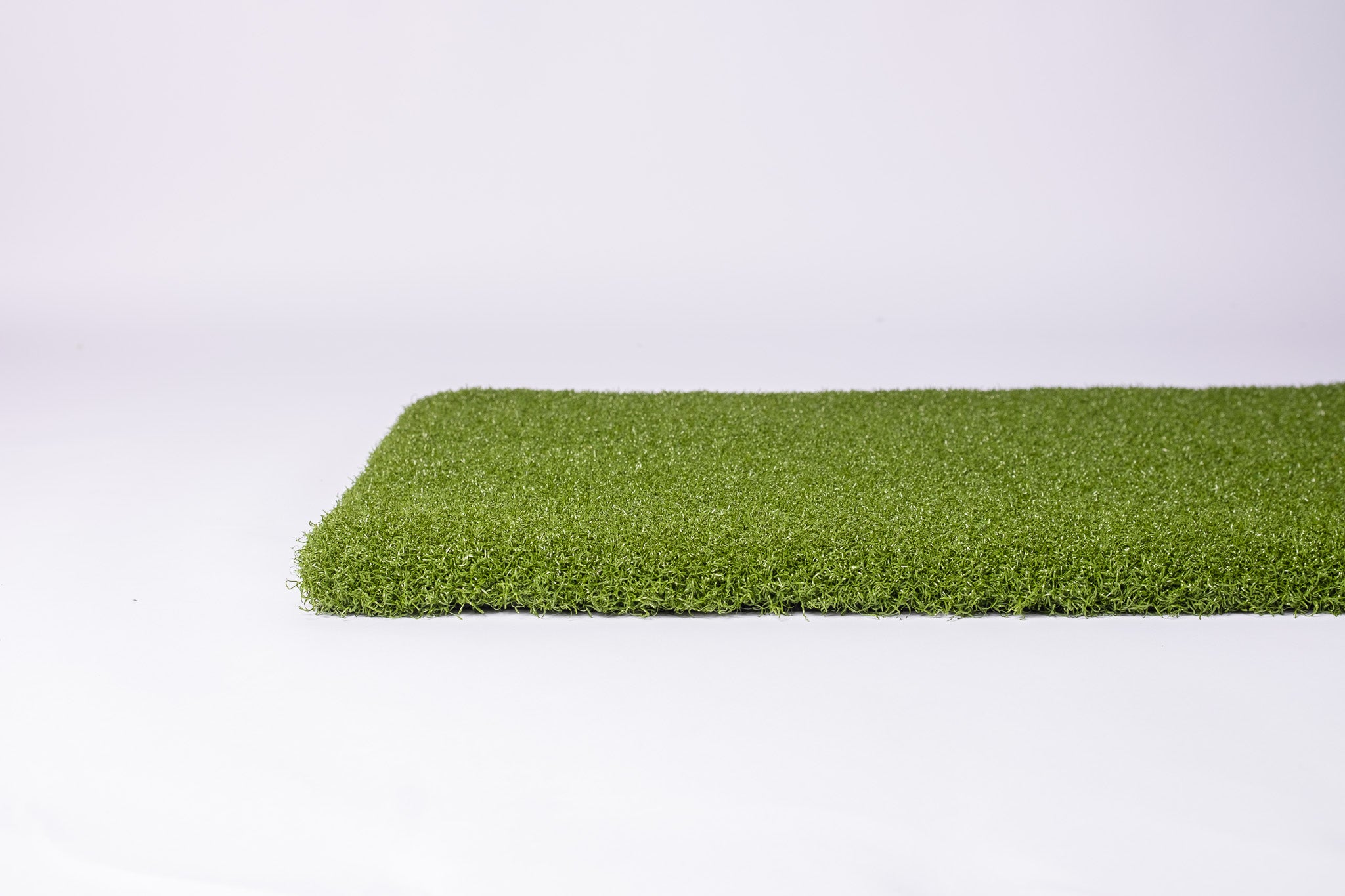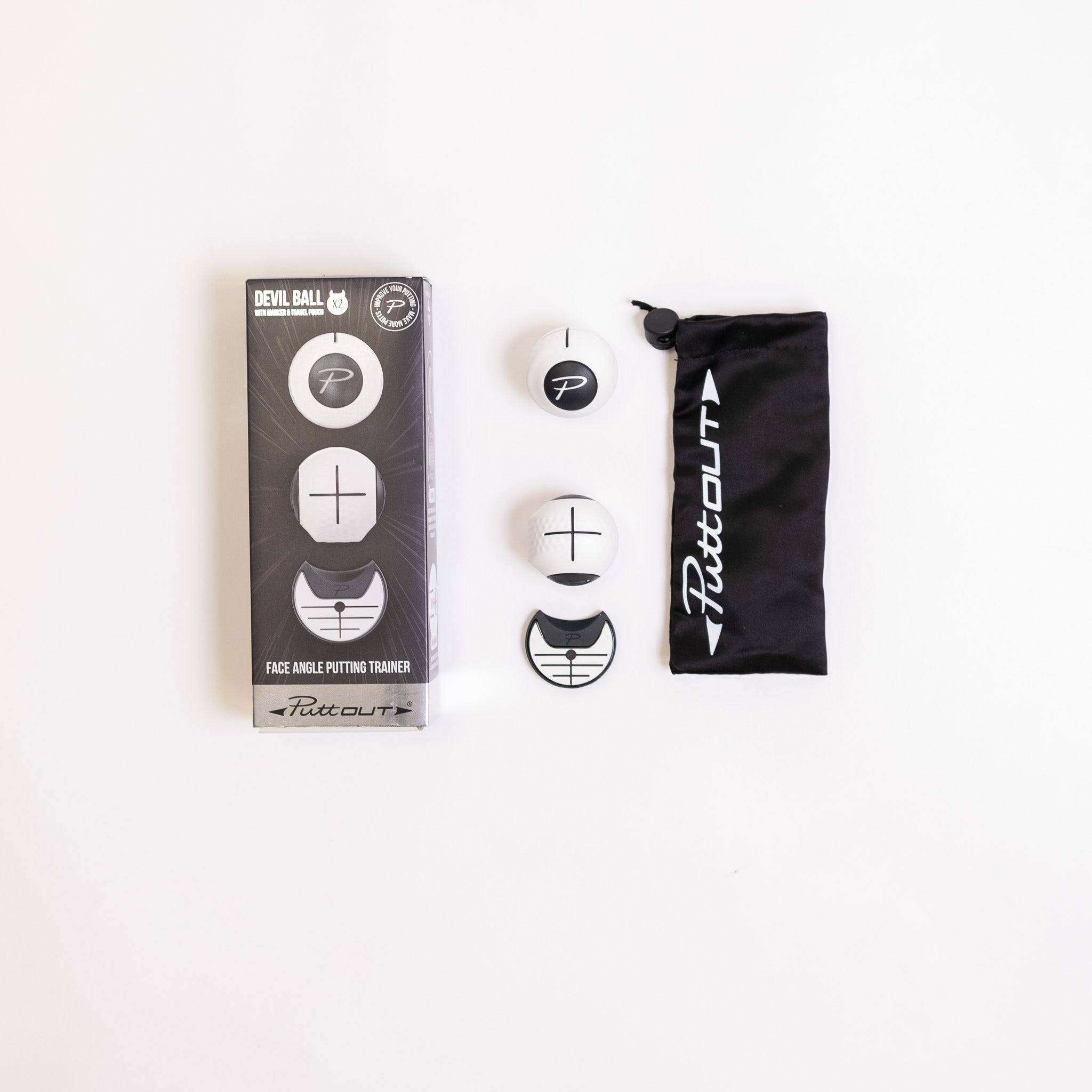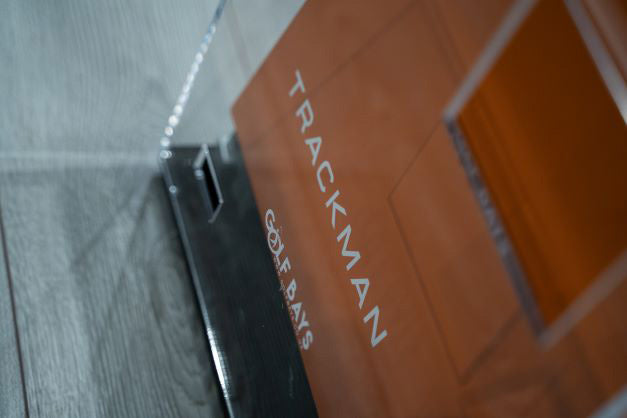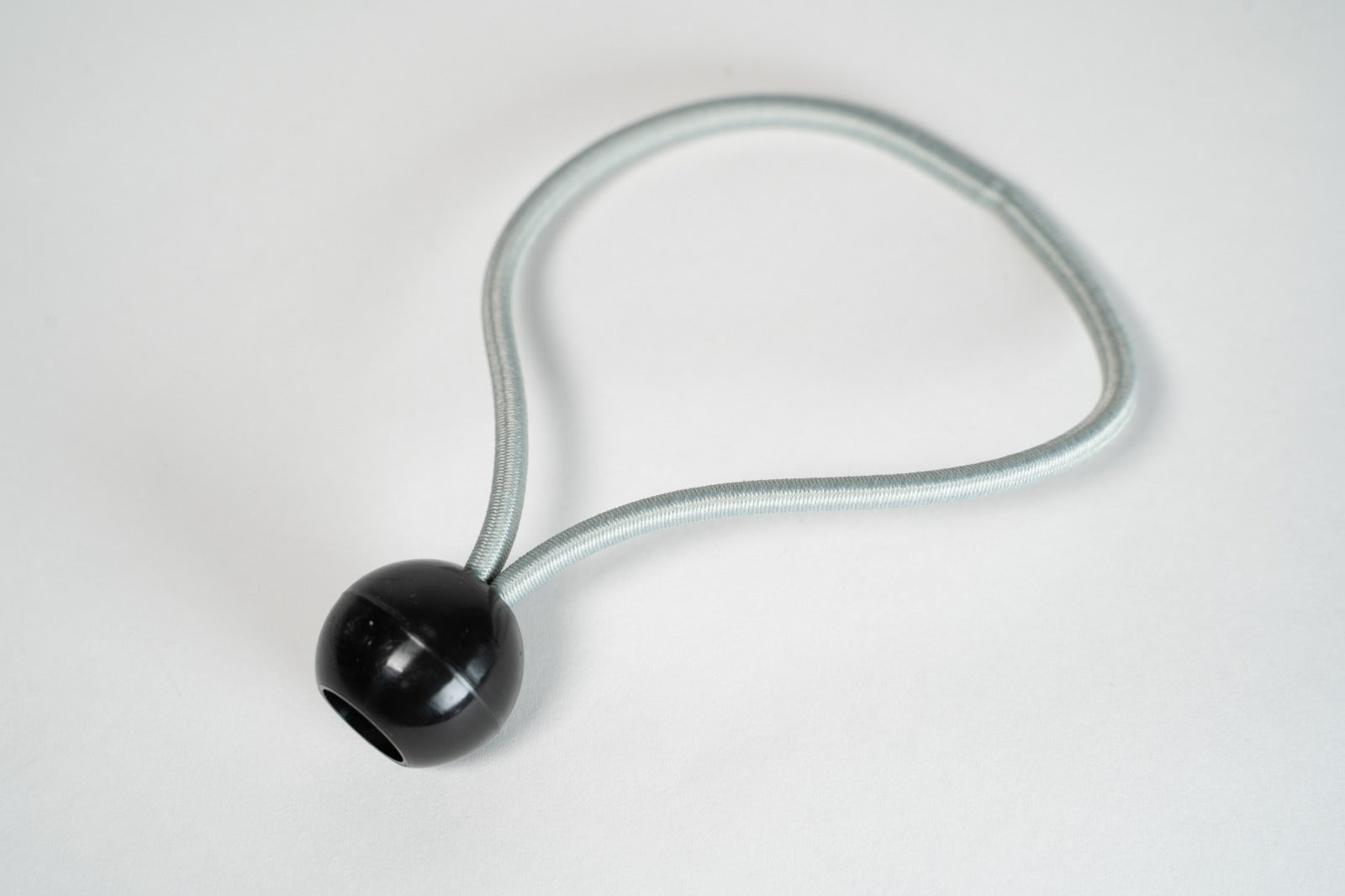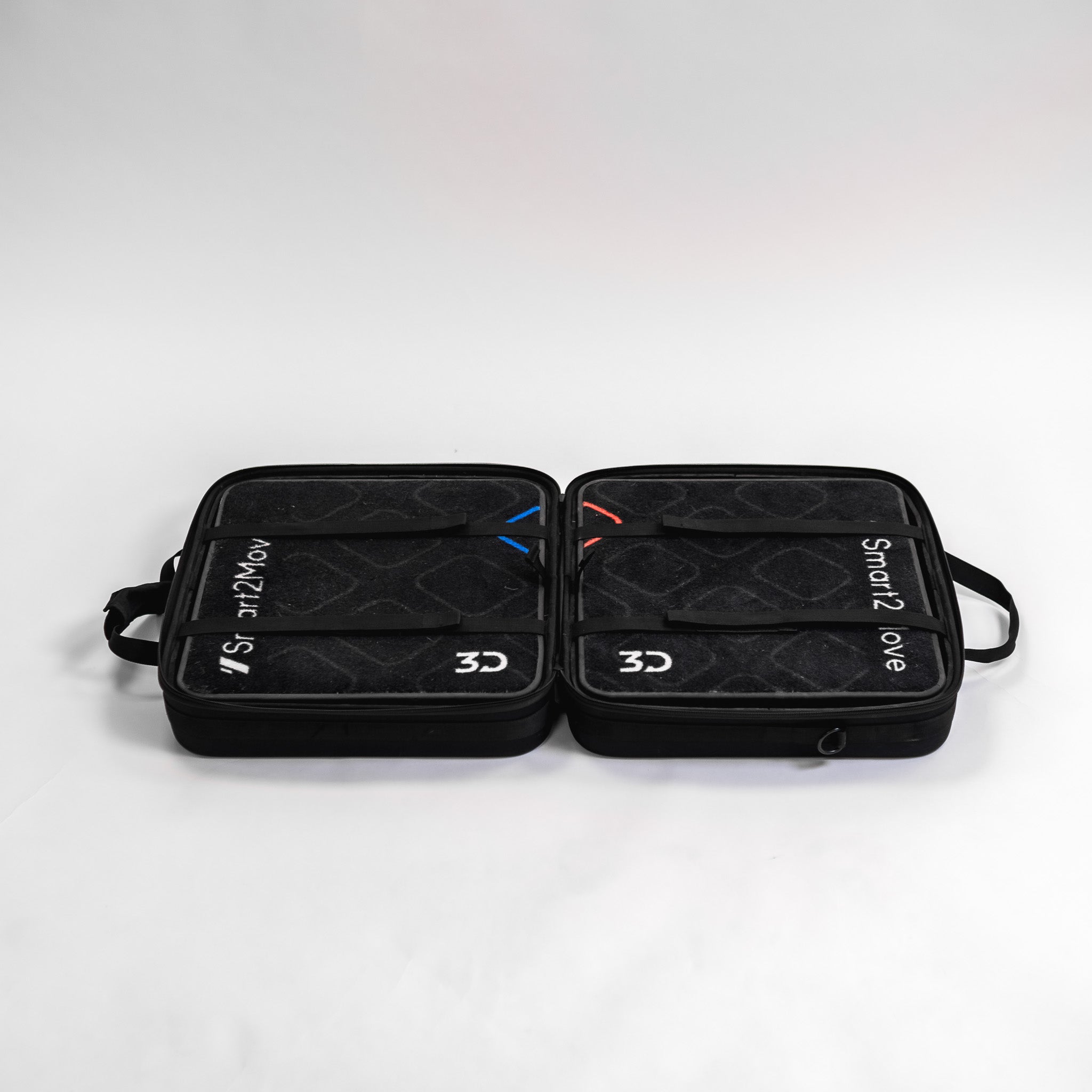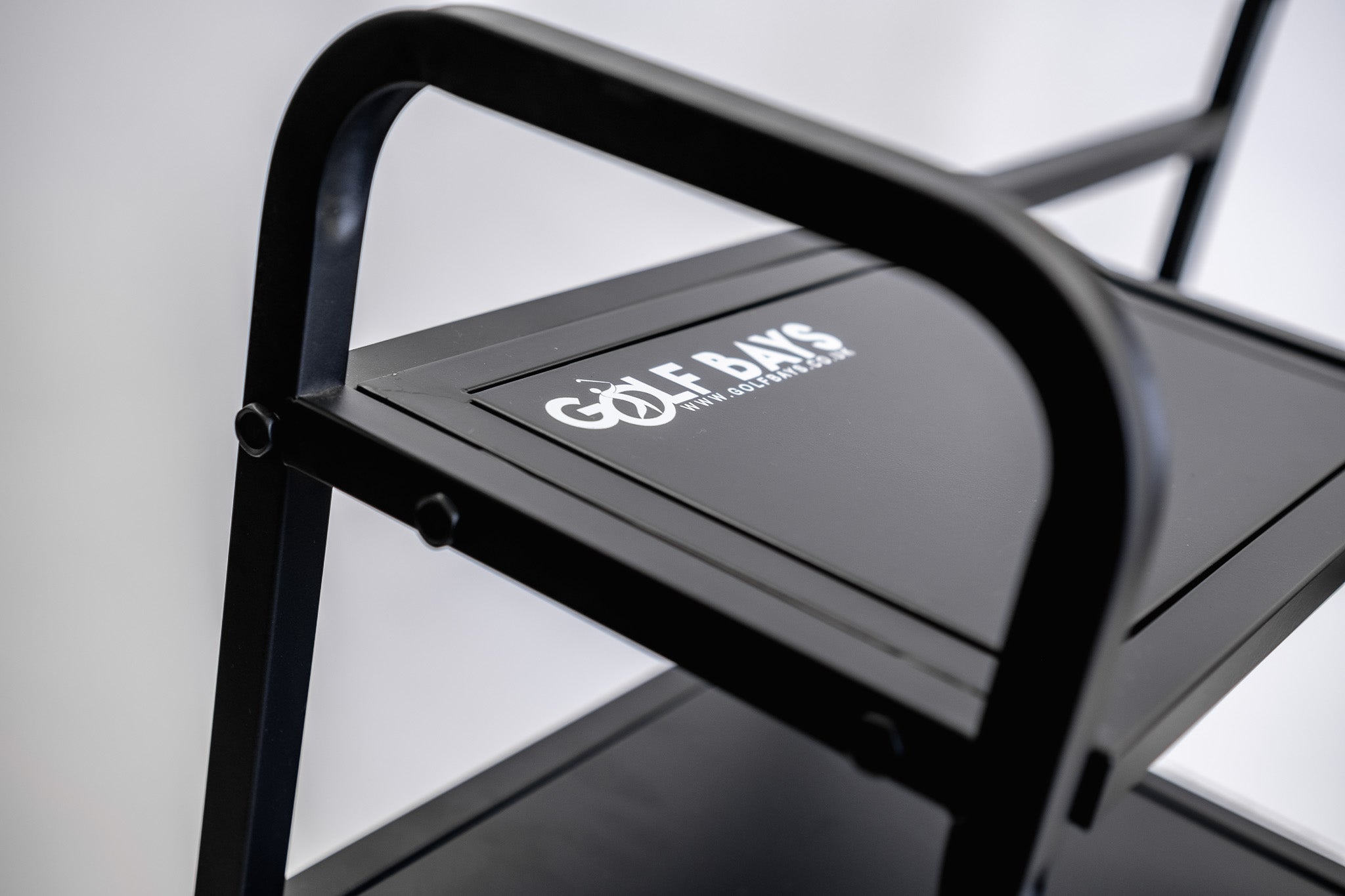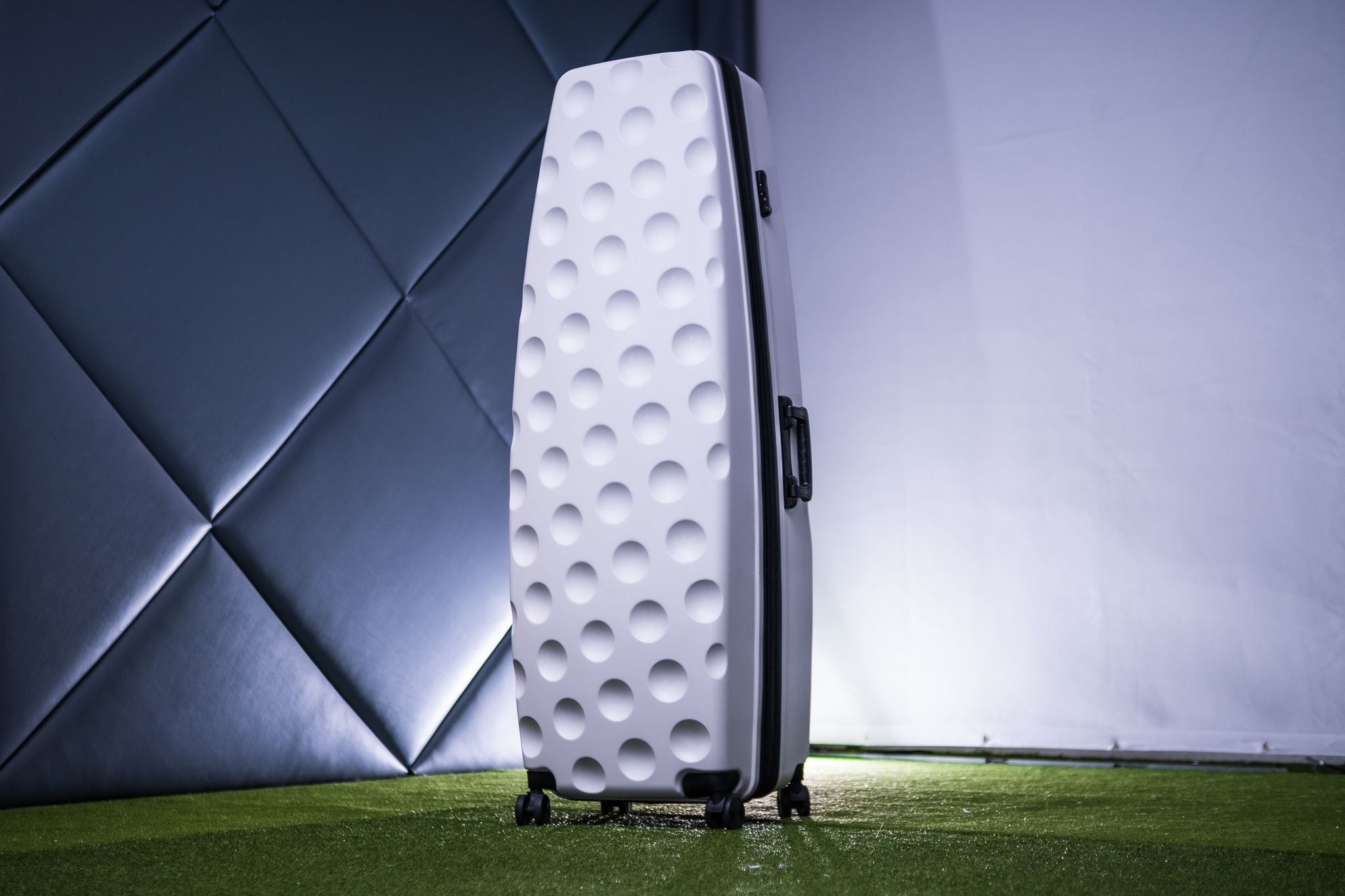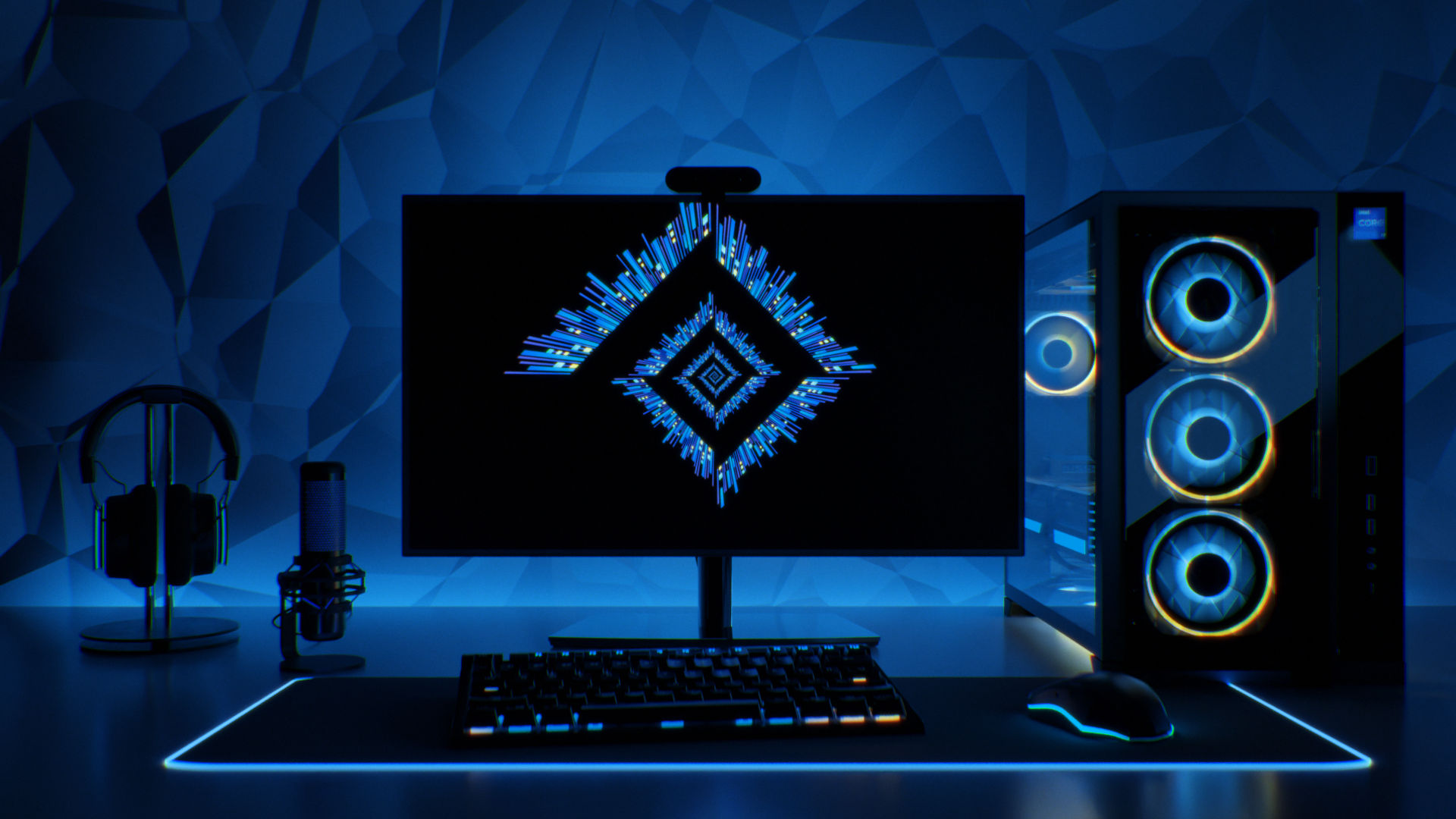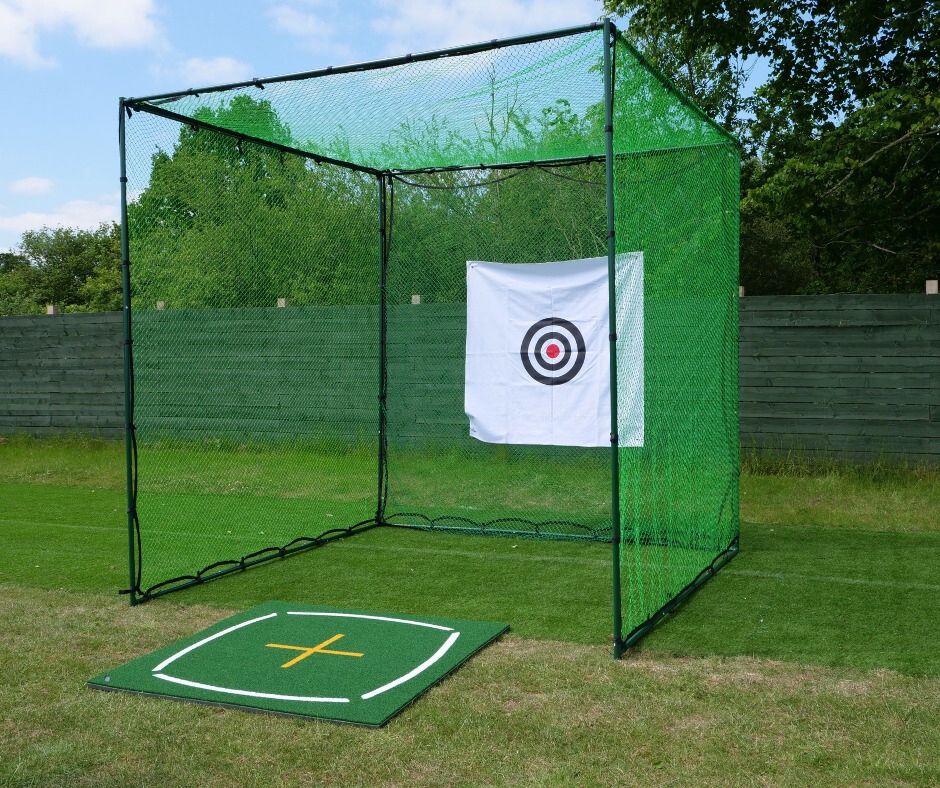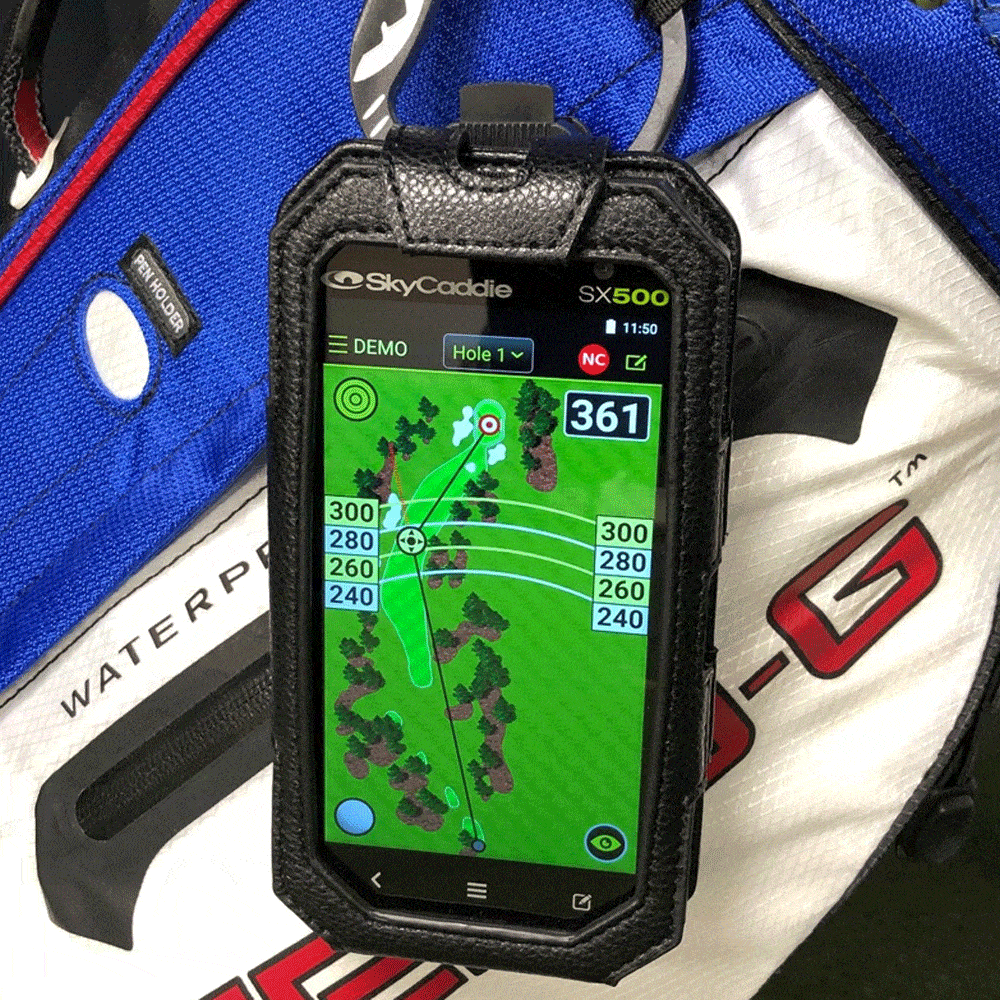Radar-Based Monitors often come in at a lower price point and offer excellent ball-flight realism, especially outdoors. However, they typically need more space - both behind and in front of the hitting area. When you’re indoors and space is tight, radar units tend to estimate certain data points.
Camera-Based Monitors can be ceiling-mounted, floor-mounted, or occasionally both. They use less space overall (a few feet of ball flight is plenty), which is a game-changer if your simulator setup is snug or if you want to keep your floor clear on commercial premises. Overhead models offer a sleek, out-of-the-way install, while floor-based units have obvious portability benefits.
Choosing between radar or camera launch monitors comes down to your space, your budget, and how you plan to use the simulator. Both technologies provide reliably accurate data. The trick is finding a system whose hardware, software, and sensor quality align with your goals. Looking to tuck a sleek unit on the ceiling and keep your room clutter-free? Camera-based might be your best bet. Want to spend a bit less or use your system outdoors? Radar could be the way to go.

